Why do cats have soft fur behind their ears?
Why do cats have soft fur behind their ears?
First and foremost, the fur behind a cat’s ears is softer and fluffier than the rest of their coat. This is because it serves an important purpose – protecting the delicate ear c****s from dirt, dust, and debris. While cats may be fastidious groomers, it’s difficult for them to keep their ears completely clean. The soft fur behind their ears acts as a barrier, catching any unwanted particles before they can make their way inside.
What is Behind a Cat’s Ears?
Primarily, the fur located behind a cat's ears stands out for its soft and fluffy texture, distinct from the rest of their coat. This serves a crucial function, safeguarding the delicate ear c****s from dirt, dust, and debris. Despite cats' meticulous grooming habits, maintaining pristine ears can be challenging for them. The soft fur in this area acts as a protective barrier, effectively capturing any undesirable particles and preventing their entry into the ears.
The soft fur behind a cat's ears serves various purposes, including communication through touch, social bonding, and grooming.
Why Are Cats Soft – Understanding Fur Texture!
Speaking of which, have you ever noticed that the fur behind a cat’s ears is softer than the rest of their body? It’s not just your imagination – this particular area of fur has a special function that can be traced back to their wild ancestors. In fact, it serves as a vital tool for survival in the natural world.
Why Are Cats Soft – Understanding Fur Texture ?
Cats possess a remarkable softness that captivates their owners, leaving many to wonder about the secrets behind their luxurious fur. The softness of a cat's coat is a result of intricate factors, including the type of fur, grooming habits, and underlying genetic influences. In this exploration, we delve into the fascinating world of feline fur texture, unraveling the mysteries that make cats irresistibly soft companions. From the velvety touch of a short-haired domestic cat to the plushness of long-haired breeds, the diversity in fur texture among cats is striking. Understanding why cats are soft involves examining the structure of their fur, the role of grooming, and the biological aspects that contribute to this delightful tactile quality. Join us on this journey as we unravel the science and artistry behind the softness that defines our feline friends.
Why is my cat so soft and silky?
Your cat's soft and silky coat is likely a result of several factors. The texture of a cat's fur is influenced by its breed, genetics, and overall health. Certain cat breeds are known for their exceptionally soft and silky fur, and your cat may belong to one of these breeds. Additionally, a well-balanced diet rich in essential nutrients contributes to the overall health of your cat's coat, making it softer and more luxurious. Regular grooming and proper care also play a role in maintaining the softness of your cat's fur, ensuring it stays irresistibly silky to the touch.
Are cats softer than dogs?
The softness of cats compared to dogs is subjective and can vary between individual animals and breeds. While both cats and dogs can have soft fur, the perception of which is softer often depends on personal preference. Some people may find the sleek and velvety texture of a cat's fur to be exceptionally soft, while others may prefer the fluffy and plush feel of certain dog breeds. Ultimately, whether cats are softer than dogs or vice versa is a matter of individual preference and the specific characteristics of each pet.
Anatomy of Cat Fur
Understanding the allure of cat fur requires a closer look at the anatomy. Cats boast different types of fur across their bodies, each serving specific functions. The fur behind their ears is often softer, contributing to the tactile diversity that makes petting a cat such a pleasurable experience.
Purpose of Soft Fur Behind the Ears
Communication through touch
Cats are known for their communication through touch, and the soft fur behind their ears plays a crucial role in this aspect. When a cat nuzzles against you, rubbing the soft fur behind their ears, it's a form of affectionate communication, reinforcing the bond between you and your feline friend.
The soft fur behind a cat's ears serves various purposes, including communication through touch, social bonding, and grooming.
Social bonding and grooming
Soft fur behind the ears isn't just a sensory pleasure for humans; it also serves as a social bonding tool among cats. Mother cats groom their kittens in this sensitive area, establishing a connection that lasts into adulthood. When your cat allows you to touch this area, it's a sign of trust and affection.
Evolutionary Perspective
The evolution of soft fur behind the ears is not merely a whimsical detail but a product of natural selection. Cats with this trait might have had survival advantages, as the softness could enhance their ability to communicate and form social bonds within a group.
Cat Behavior and Soft Fur
Cats have a reputation for being finicky groomers, often spending a significant amount of time cleaning themselves. The soft fur behind the ears is a preferred spot for cats to groom due to its proximity to scent glands, reinforcing the idea that it holds a special place in their grooming rituals.
The calming effect of soft fur shouldn't be overlooked either. Many cats find comfort in having this area gently petted, contributing to their overall sense of well-being.
The Science Behind Softness
The secret to the softness lies in the structure of the hair follicles. The fine, downy texture is a result of the specific type of fur found in this region. Additionally, the production of sebum, a natural oil that keeps the fur soft and glossy, contributes to the luxurious feel behind the ears.
Cat Breeds and Soft Fur
Certain cat breeds are renowned for their exceptionally soft fur, and the area behind the ears is no exception. Genetic factors play a crucial role in determining the texture of a cat's fur, and some breeds are predisposed to have this velvety softness.
Maintaining Softness
For cat owners, ensuring the continued softness of the fur behind the ears involves understanding and facilitating their grooming habits. Regular brushing and a well-balanced diet contribute to maintaining the plush quality of this special area.
Soft Fur as a Sign of Health
The condition of a cat's fur is often a visible indicator of its overall health. A soft and lustrous coat signifies a well-nourished and content feline. Regular grooming practices and a nutritious diet contribute to the softness, serving as a testament to the cat's overall well-being.
Common Misconceptions
Dispelling myths about cat fur is essential for providing accurate information to cat owners. From misconceptions about shedding to beliefs that certain products can miraculously enhance fur texture, addressing these common myths helps foster better care for our feline companions.
Tips for Cat Owners
Enhancing the softness of your cat's fur involves a combination of grooming techniques and understanding their preferences. Establishing a regular grooming routine, using cat-friendly brushes, and incorporating interactive play can contribute to a healthier and softer coat.
The Bonding Ritual
The act of petting the soft fur behind a cat's ears is a two-way street. While it's a pleasurable experience for the human, it also deepens the bond between the cat and its owner. Recognizing and reciprocating this form of interaction fosters a stronger connection, enriching the human-cat relationship.
Overcoming Challenges
Despite our best efforts, cats may encounter issues like matting and tangles in their fur. Seeking professional grooming ***istance when faced with these challenges ensures that the cat's comfort and well-being are prioritized.
Who can resist the softness and elegance that cats exude? As feline aficionados, we find ourselves mesmerized by their graceful presence and silky fur. However, there is one particular spot on a cat's body that holds an intriguing mystery - the soft fur behind their ears. Have you ever wondered why it's so velvety? In this curated blog post, we will dive deep into the enigma, exploring the possible reasons behind cats' irresistibly soft fur behind their ears.
The Significance of Ears in Feline Communication
Cats are known for their remarkable communication skills, and their ears play a vital role in this process. These sensory organs not only help cats detect sounds with greater precision but also contribute to their overall expression and emotional state.
Behind the scenes, cats have a complex network of scent glands, and their ears are no exception. Among these glands are the periauricular ones, located on the edges of a cat's ear. These glands produce pheromones that transmit unique chemical messages to other cats and even humans, providing vital information about their territory, mood, and social status.
So, what does this have to do with the irresistibly soft fur behind their ears? Well, these periauricular glands are closely ***ociated with hair follicles, which leads us to the next theory.
The Whisker Pad Theory
Cats are equipped with an impressive array of whiskers, also known as vibrissae, that are highly sensitive touch receptors. These whiskers have evolved to help cats navigate their surroundings with precision and even detect changes in airflow, contributing to their exceptional balance.
Underneath the skin, the whiskers connect to a specialized sensory organ, known as the whisker pad. This pad contains an abundance of nerve endings, creating a heightened sense of touch for cats. Researchers believe that the whisker pad, located near the ears, may have an influence on the texture of the fur in that area.
While no conclusive scientific evidence exists, it is speculated that the unique touch response of the whisker pad somehow affects the texture of the hair follicles behind cats' ears. This could explain why their fur feels softer and more velvety in that specific spot.
Why do cats have soft fur behind their ears?
In conclusion, the soft fur behind a cat's ears is not just a delightful feature but a key element in their communication, social bonding, and grooming rituals. Understanding the science behind its softness allows us to appreciate the intricate details that make our feline friends truly special.
FAQs:
Q: Can I use any grooming product to make my cat's fur softer?
A: While grooming products can help, it's essential to choose ones suitable for cats. Consult your veterinarian for recommendations.
Q: How often should I groom my cat to maintain soft fur?
A: The frequency
-

1
-

1
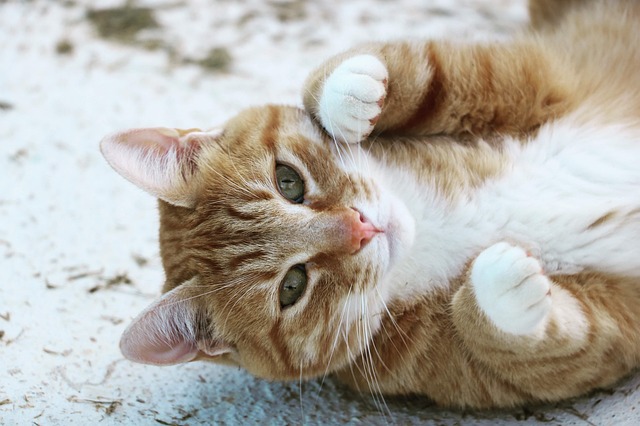

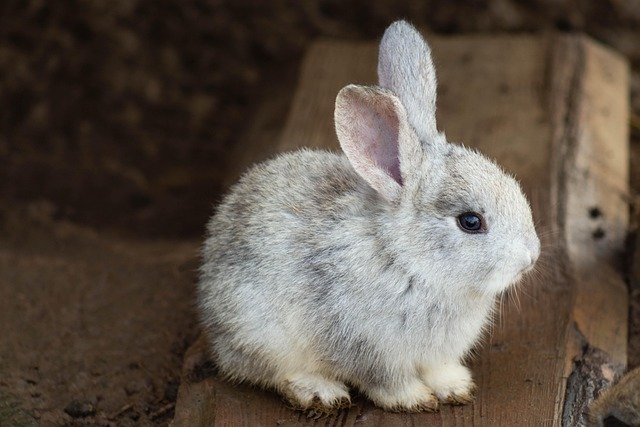
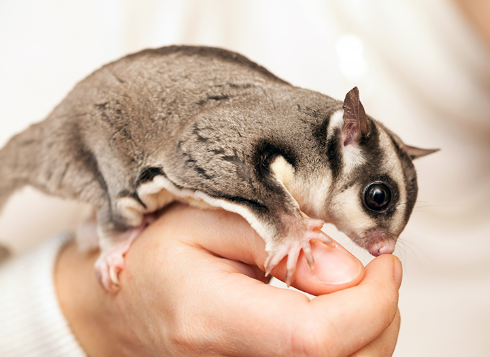
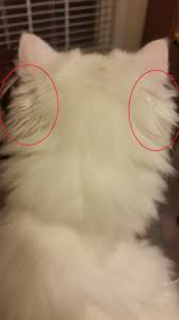


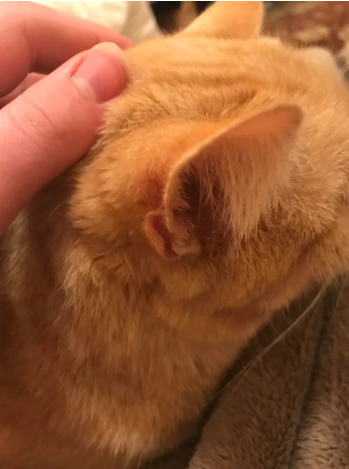






Leave a comment